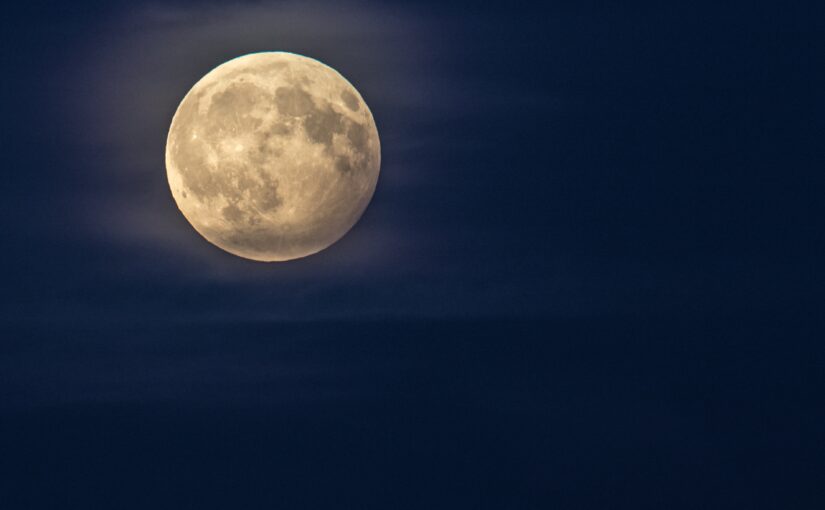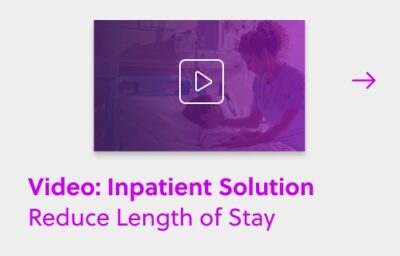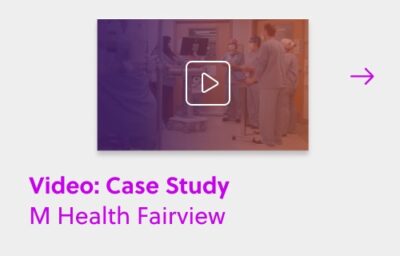
Spooky season is in full swing. While we can’t wait to cozy up to scary movie marathons with pumpkin spiced treats, there is one real life superstition we need to first debunk, which we hope will have nurses and doctors nationwide breathing a sigh of relief.
For years, there has been a strong suspicion that the full moon cycle brings about chaos in hospitals – with some documenting patient’s psychotic breaks and unusual birth circumstances – a trend also known as “lunar lunacy” or the Transylvania effect.
Doctors, nurses and other hospital workers have come forward to share anecdotes around this phenomenon, with many going so far as to add team members to their staff to support freaky goings-on and the anticipated higher crime rate expected on such incandescent nights.
“It’s an accepted fact: crazy things happen on the full moon. You don’t want to be working that shift, because you know everything will irrationally, unpredictably go wrong. So there’s an unspoken rule: if you’re working on the full moon, you don’t talk about the full moon,” said David Atashroo, MD.
Various articles and research projects have tried to validate this belief, but have found the opposite to be true. The American Journal of Emergency Medicine published a report in 1996 analyzing 150,999 admission records of an emergency department over four years. While this emergency department experienced 49 full moons over that time period, it was never found to boost admission rates.
More recently, Jean-Luc Margot, a professor of earth, planetary and space sciences at UCLA, decided to explore the phenomenon and published his findings in Nursing Research Magazine in 2015, concluding that he found “no such correlation” between moon phases and hospital admission rates or birth rates.
Despite this research, many emergency department care providers continue to believe in the full-moon effect.
With access to massive amounts of real-time emergency department data from all over the country – such as the number of daily check ins, admits, discharges, and types of health concerns visiting patients have – Qventus wanted to use data to uncover the science behind these superstitions or debunk this long-held myth, by looking at what’s happening on the frontline.
With October’s full moon on the 24th, here’s what we looked for across nineteen Emergency Departments over the past twenty-four lunar cycles:
- A relationship between the phase of the moon to the following:
- The volume of emergency department visits
- Acuity of those admitted to the emergency department
What did we find?
Looking across the largest ED sample size of any study to date, and the only study to consider acuity, we found that the various phases of the moon had no impact on the overall volume of visiting patients on any given day. What’s more, we found that there was no impact to the overall acuity of patients, meaning that those admitted didn’t have an increase in the severity of their condition.
As Kaiser Permanente’s Chair of Emergency Medicine Chiefs, Karen Murrell, MD had to say:
“For over thirty years in the ED, working in a variety of settings, I have heard about the effects of the full moon hundreds of times from ED staff of all levels. Some hospitals even rearrange staffing unnecessarily and at cost. While there may be a random bad year when some hospitals have an increase in patients, it is comforting to know that this has nothing to do with the status of the moon and we can base our staffing predictions on real-time data.”
So, there you have it, folks. Our gift to you, the frontline providers and the true heroes of healthcare, is the data-driven reassurance that the spookiest thing you’re bound to experience this month won’t be the October 24th full moon effect, but the trick-or-treater’s you’ll be seeing on October 31st.


